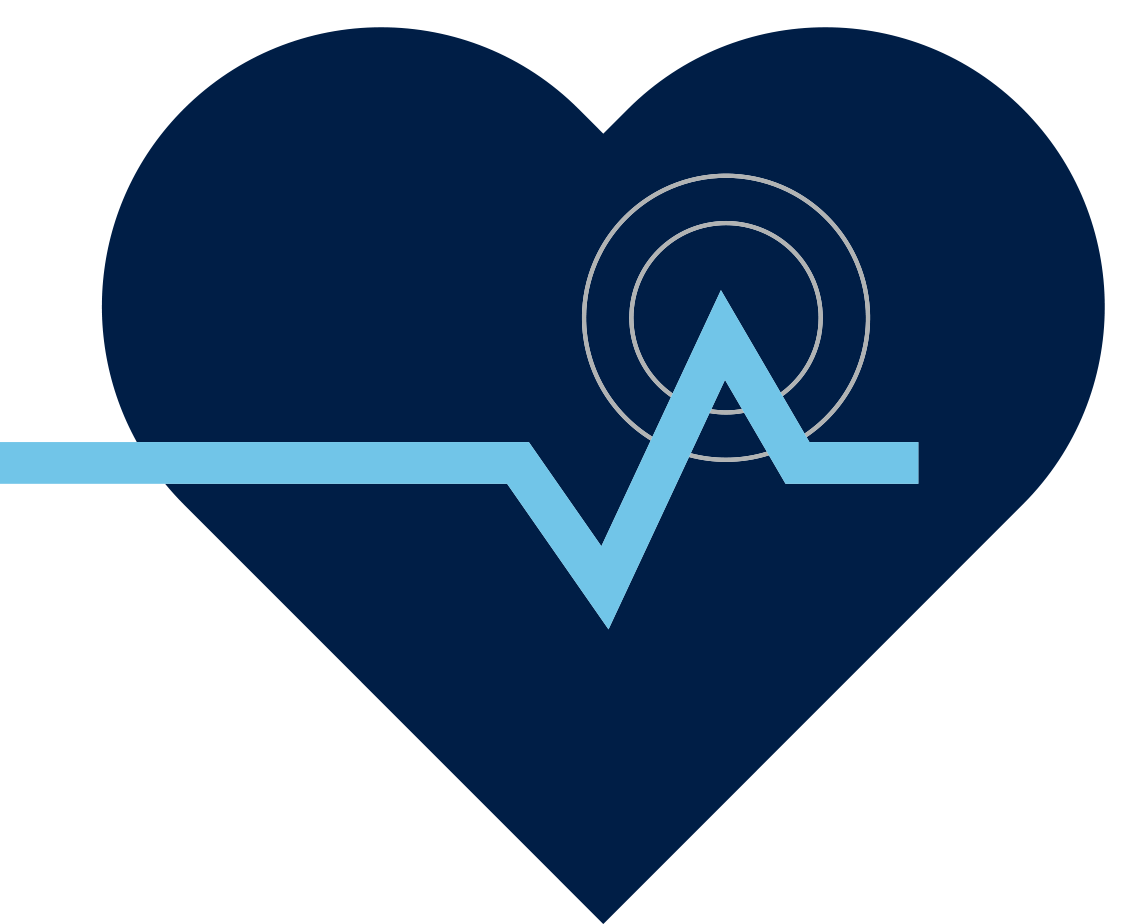
Stories
Type 1 diabetes patient sleeps easy – until he turns 18
He’s managing his type 1 diabetes – but soon, his coverage will be gone

Ethan Williams of Chilliwack was diagnosed with type 1 diabetes in 2014 when he was only nine years old. “No one else in our family has diabetes,” says his mother Michelle. “We were lucky, we caught it early.” Since then, they have been navigating the world of insulin delivery methods. And it hasn’t always fit their schedules.
At first, Ethan needed multiple daily injections with insulin pens to keep his blood sugar (glucose) levels in a safe range. Teachers and other staff weren’t allowed to administer Ethan’s insulin, which made school difficult. A class trip meant Michelle had to take time off work, or it wasn’t safe for him to participate.
But the more persistent struggle was nocturnal hypoglycemia. It meant Ethan’s blood sugar might drop too low in his sleep. So every single night Michelle had to get up a few times to check his blood sugar levels.
“I’d poke his finger to check his glucose levels and adjust them if necessary,” she recalls. “He’d sleep through it all, but I never had enough sleep. I was exhausted all the time. I spent almost five years like that.”
Their next step was in 2016, when Ethan was in Grade 5. He started on an insulin pump, which let him inject his insulin by pushing a button instead of using a needle. But he was scared of his sugar levels going low so he didn’t always give himself as much insulin as he needed. After all, glucose levels are difficult to manage, and can widely change depending on factors such as diet, exercise, medications, sleep, and hormonal changes.
RESOURCE CENTRE
A Continuous Glucose Monitor (known as a CGM) system helped Ethan track his glucose levels – however he had a habit of sleeping through the loud alarms at night.
Michelle still had to wake up to check on her son.
In early 2019, he switched to a new device known as a hybrid closed loop (HCL), or self-adjusting, insulin pump. The pump uses the information from his CGM to automatically adjust his background insulin levels throughout the day – whether Ethan is on a field trip or deep asleep. The HCL system is the closest that scientists and engineers have come to achieving the end goal of diabetes management: an “artificial pancreas” that accurately mimics the insulin production in a healthy body.
Coping with Ethan’s diabetes is now “a completely different ballgame,” says Michelle. “The new system maintains his levels in the right range. I can sleep through the night, so I no longer feel like a zombie, and Ethan is a lot more confident that his sugar levels are in check.”
But Michelle is worried about the future because BC PharmaCare doesn’t cover the cost of the CGM portion of the new insulin pump.
Fortunately for the family, Michelle’s insurance provides 100 percent coverage of diabetes supplies, including CGM. But when Ethan turns 18, they’ll lose that coverage.
“What’s going to happen then? It stresses me out just thinking about it,” Michelle says. “For someone who doesn’t have a working pancreas, it shouldn’t be considered a luxury to have a better quality of life and fewer health risks later on.”
The evolution of diabetes technology
Approximately five to 10 percent of people living with diabetes have type 1, the most severe form of the disease, in which the pancreas fails to produce any insulin, the hormone that controls the level of sugar in the blood. In the more common type 2 diabetes, the pancreas produces insufficient insulin, or the body doesn’t use it properly.
Ever since Banting and Best’s discovery of insulin a century ago, which turned type 1 diabetes from a death sentence into a manageable chronic disease, the aim of insulin delivery has been to keep blood sugar levels within a safe range to prevent life-threatening emergencies and long-term health complications. Without enough insulin, levels can run dangerously high, which is known as hyperglycemia. When there’s too much insulin, blood sugar can run low, known as hypoglycemia. Low blood sugar – especially overnight – can have devastating consequences, including death in severe cases. Which is why caregivers like Michelle Williams wake up so often and lose so much sleep.
When people think of diabetes, they often think of finger pricking to test blood glucose. Many people with type 1 diabetes still prick, though the sporadic monitoring provides an incomplete glimpse of constantly changing levels. There can be highs, lows, and patterns they may miss entirely.
On the other hand, CGM, measures glucose levels every 5 minutes and sends the readings to a device. Some CGM systems can also send alerts as far as an hour in advance if levels are trending outside target ranges.
Insulin pumps – an alternative to syringes and pens – have been available for years. But it’s only more recently that an HCL pump using CGM has been available in Canada. Currently, the Medtronic MiniMed TM 670G is the only HCL pump licensed by Health Canada, and others are expected to follow. But the monitoring component remains uncovered by BC PharmaCare – so Michelle and Ethan can only wait and see.
This story was created by Content Works, Postmedia’s commercial content division, on behalf of Medtronic.


